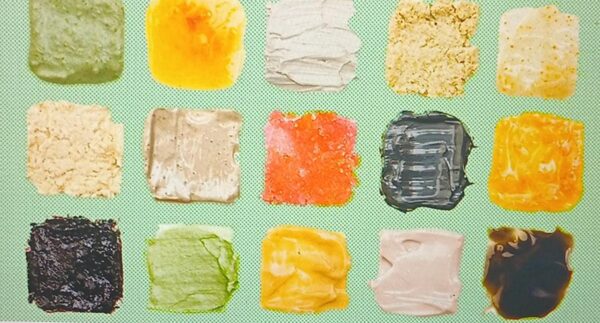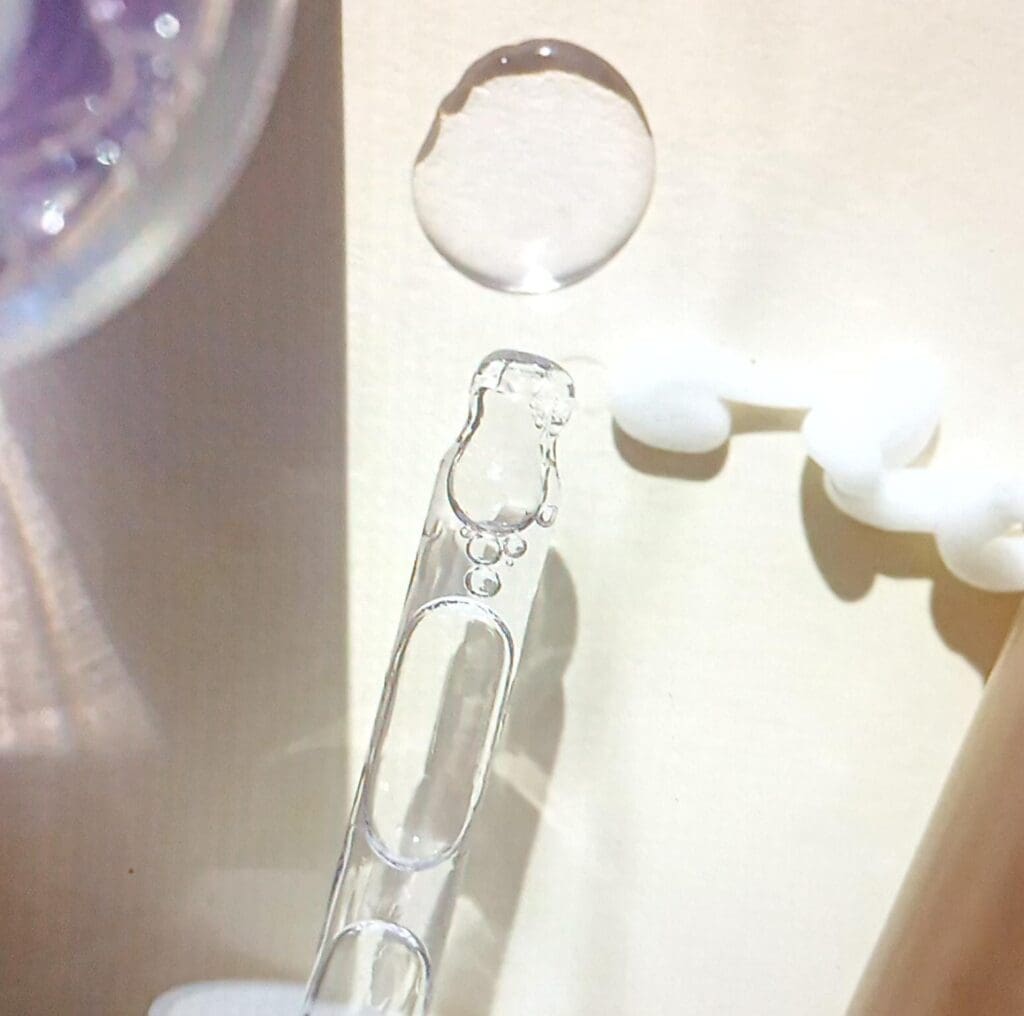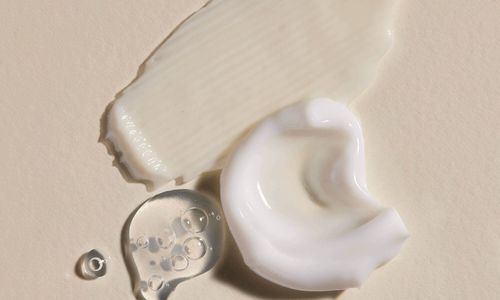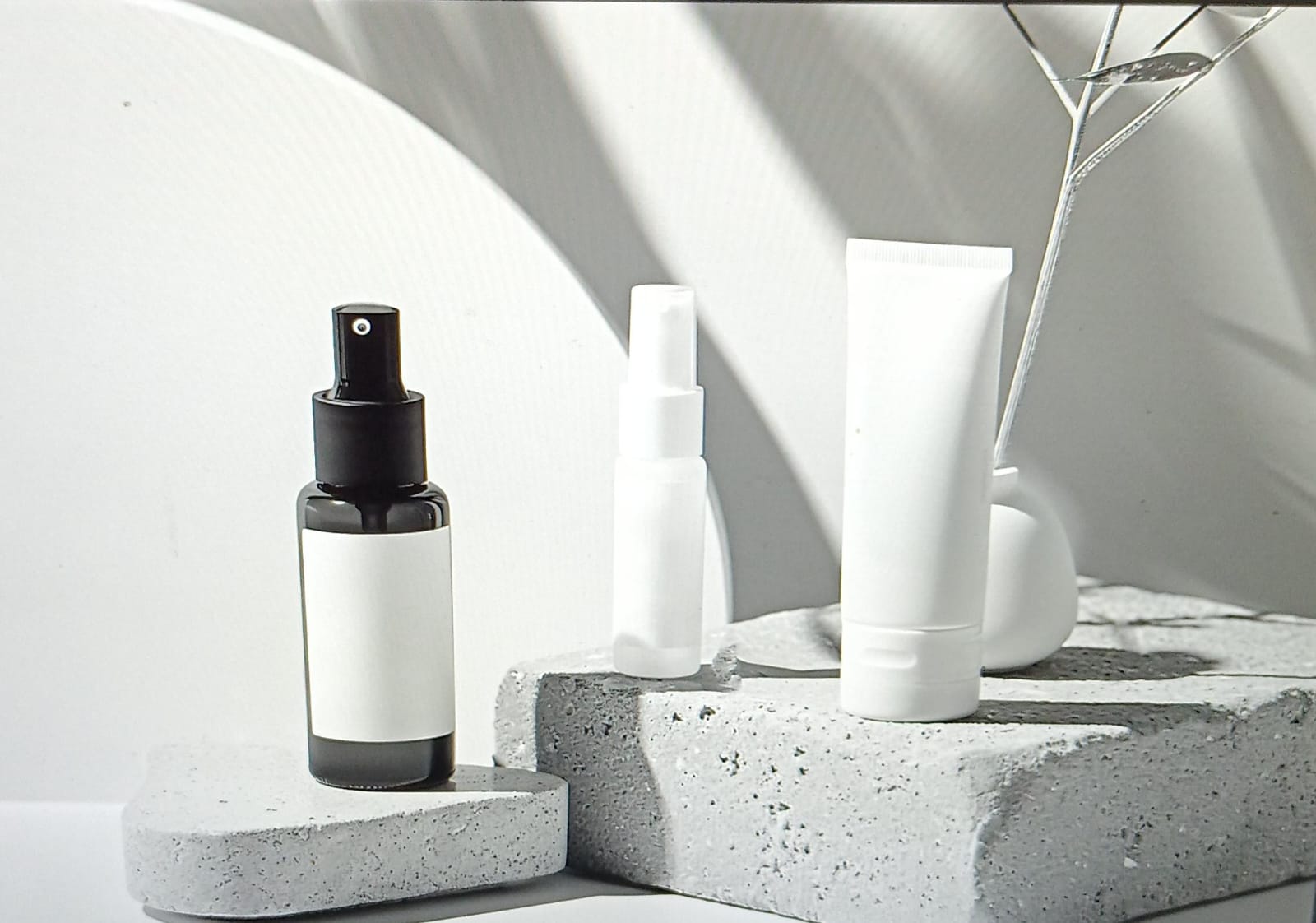
Skin Care Routine: Oily Skin
Introduction
Oily skin can feel like a daily battle, especially if you find yourself constantly blotting, reapplying makeup, or dealing with acne breakouts. The good news is that with the right skincare routine for oily skin, it’s possible to keep excess shine at bay and maintain a balanced, radiant complexion.
By understanding your skin type and choosing the right products, you can transform your oily skin from a source of frustration into a glowing asset.
Keep in mind that the most popular ingredient for oily skin is salicylic acid.
You can not keep oil and acne away without this ingredient. Most people enjoy its benefits in a cleanser, as it helps control oil in a short time.
However, it can also be found in toners and serums. Just make sure you are not overusing it; limit yourself to one salicylic acid-based product at a time to prevent dryness and irritation.
This article will guide you through a structured, effective routine and provide tips for sustainable, long-lasting skin health.
Understanding Oily Skin
Causes of Oily Skin
Oily skin is usually the result of excess sebum production. Sebum, a natural oil produced by the skin, helps protect and hydrate, but too much of it can lead to issues like clogged pores, blackheads, and acne.
Hormones, genetics, diet, and environmental factors all influence sebum production, often making oily skin a challenge for many.
Common Characteristics of Oily Skin
Signs of oily skin include a shiny appearance, visible pores, and a propensity for acne breakouts, especially around the T-zone (forehead, nose, and chin).
Often, those with oily skin will find that makeup tends to slip off during the day and may notice enlarged pores or blackheads more frequently.
Importance of a Targeted Routine
Maintaining a targeted skin care routine for oily skin is essential to reduce excess oil without compromising hydration.
The goal is not to strip the skin of its natural oils but to balance sebum production and keep pores clear, which minimizes breakouts and results in a smoother, fresher complexion.
Here’s a step-by-step guide to creating the perfect skincare routine for oily skin, complete with recommended products and tips for getting that matte, glowing look.
Step 1: Cleanse (Morning & Night)
Why? Oily skin tends to produce excess sebum throughout the day and night, which can clog pores and lead to breakouts. Using a cleanser formulated specifically for oily skin helps remove oil, dirt, and impurities.
What to Use:
Look for a gentle, foaming cleanser that won’t strip the skin but effectively removes oil. Ingredients like salicylic acid and tea tree oil are excellent for oily skin, as they help control sebum production and prevent acne.
Recommended Products:
- Salicylic Acid Cleanser: Helps clear pores and reduces acne.
- Tea Tree Oil Cleanser: Known for its antibacterial properties.
How to Use:
- Wet your face with lukewarm water.
- Apply a small amount of cleanser and massage gently in circular motions.
- Rinse thoroughly and pat dry with a clean towel.
Step 2: Exfoliate (2-3 Times a Week)
Why? Exfoliation removes dead skin cells that can clog pores and lead to blackheads, whiteheads, and acne. It also smooths out skin texture and reduces the appearance of enlarged pores.
What to Use:
Opt for a chemical exfoliant containing beta hydroxy acid (BHA), such as salicylic acid. Unlike physical scrubs, chemical exfoliants penetrate deep into the pores, making them more effective for oily skin.
Recommended Products:
- Salicylic Acid Serum or Exfoliating Toner: BHA products clear out excess sebum and dead skin.
- Glycolic Acid Toner: A gentle AHA that can help reduce shine and refine skin texture.
How to Use:
- Apply after cleansing on dry skin.
- Use 2-3 times per week, depending on your skin’s tolerance.
Step 3: Tone (Daily, Morning & Night)
Why? Toners help balance your skin’s pH, remove any leftover residue from your cleanser, and provide a clean base for the rest of your skincare routine. Many toners designed for oily skin also help reduce oil production.
What to Use:
Choose an alcohol-free toner that includes ingredients like niacinamide (to reduce oil production) or witch hazel (a natural astringent).
Recommended Products:
- Niacinamide Toner: Calms the skin and controls excess oil.
- Witch Hazel Toner: Known for its oil-reducing properties.
How to Use:
- Apply with a cotton pad or fingertips after cleansing or exfoliating.
- Gently pat into the skin.
Step 4: Apply Serum (Morning & Night)
Why? Serums deliver concentrated active ingredients to your skin, helping to treat specific concerns. For oily skin, a lightweight, non-comedogenic serum that targets oiliness and acne can make a big difference.
What to Use:
Look for serums containing niacinamide (which helps control oil production and reduce inflammation) or hyaluronic acid (to provide lightweight hydration without feeling greasy).
Recommended Products:
- Niacinamide Serum: Controls oil and minimizes pores.
- Hyaluronic Acid Serum: Offers hydration without clogging pores.
How to Use:
- Apply a few drops after toning and massage into the skin.
- Wait a minute for the serum to absorb before moving to the next step.
Step 5: Moisturize (Morning & Night)
Why? Many people with oily skin think they don’t need a moisturizer, but that’s a common misconception. Skipping moisturizer can actually lead to increased oil production as your skin tries to compensate for the lack of moisture.
What to Use:
Choose a lightweight, oil-free moisturizer or gel-based formula that won’t clog pores. Look for ingredients like glycerin or hyaluronic acid that hydrate without adding oil.
Recommended Products:
- Oil-Free Gel Moisturizer: Absorbs quickly and hydrates without shine.
- Mattifying Moisturizer: Helps control oil production throughout the day.
How to Use:
- Take a small amount and apply evenly over the face.
- Focus on areas that tend to get dry, even with oily skin.
Step 6: Apply Sunscreen (Morning)
Why? Sunscreen is essential in every skincare routine, regardless of skin type. It protects your skin from UV damage, which can exacerbate oiliness and lead to premature aging and dark spots.
What to Use:
Opt for a lightweight, oil-free sunscreen with at least SPF 30. Look for mineral-based formulas with zinc oxide or titanium dioxide, which are generally less greasy.
Recommended Products:
- SPF 30 or 50 Gel Sunscreen: Non-comedogenic and ideal for oily skin.
- Mattifying SPF: Helps keep skin matte even in the sun.
How to Use:
- Apply generously as the final step in your morning routine.
- Reapply every 2-3 hours if you are outdoors.
Step 7: Use Clay Mask (1-2 Times a Week)
Why? Clay masks are excellent for oily skin as they help absorb excess oil and draw out impurities from the pores. Regular use can help with blackheads and reduce shine.
What to Use:
Look for a clay mask with ingredients like kaolin clay or bentonite clay, both known for their oil-absorbing properties.
Recommended Products:
- Kaolin Clay Mask: Gently absorbs oil and minimizes pores.
- Charcoal Mask: Helps purify the skin and prevent acne.
How to Use:
- Apply an even layer to clean, dry skin.
- Leave on for 10-15 minutes, then rinse thoroughly.
Tips for Managing Oily Skin
Avoid Over-Washing: Washing your face too frequently can strip the skin, leading to even more oil production.
Blotting Papers: Throughout the day, use blotting papers to absorb excess oil without disturbing your makeup or skin barrier.
Avoid Heavy Creams: Choose oil-free, non-comedogenic products that won’t clog pores or weigh down your skin.
Stay Hydrated: Drink plenty of water to help maintain skin balance.
Key Ingredients to Look for in Oily Skin Products
- Salicylic Acid – A BHA that penetrates pores and removes excess oil.
- Niacinamide – Controls oil, reduces pore size, and improves skin texture.
- Clay – Absorbs excess oil and removes impurities from the skin.
- Tea Tree Oil – Has antibacterial properties and helps prevent acne.
Incorporating Retinol and Vitamin C for Oily Skin
Retinol: Retinol is a top anti-aging ingredient, especially effective for oily, acne-prone skin. By increasing cell turnover, it reduces fine lines, unclogs pores, and helps control breakouts, leaving skin smoother and younger-looking.
Start with a low concentration (0.1% to 0.3%) to prevent irritation and use it at night only, 2-3 times a week. Avoid combining it with other actives, like salicylic acid, and always follow up with a moisturizer to maintain skin balance.
Vitamin C: Vitamin C is a powerful antioxidant that brightens skin, smooths fine lines, and protects against free radicals, which contribute to aging.
For oily skin, a lightweight, water-based vitamin C serum (10-20%) works best and is ideal for the morning under sunscreen. Avoid pairing it with retinol on the same day to minimize irritation and optimize its anti-aging benefits.
Skincare Routine for Oily Skin: Step by Step
Night Routine
- Cleanser: Use a gentle, oil-free cleanser to remove dirt and excess oil.
- Toner (Optional): Choose an alcohol-free toner to balance skin pH and reduce shine.
- Serums: Apply a lightweight, non-comedogenic serum with ingredients like niacinamide or salicylic acid.
- Moisturizer: Use an oil-free, gel-based moisturizer to lock in hydration.
Morning Routine
- Cleanser: Wash with a gentle, oil-controlling cleanser.
- Toner (Optional): Use a refreshing, mattifying toner if needed.
- Serums: Apply a serum with antioxidants, like vitamin C, to protect against free radicals.
- Moisturizer: Use a light, non-comedogenic moisturizer to hydrate without clogging pores.
- Sunscreen: Finish with a broad-spectrum, oil-free sunscreen SPF 30+.
Note: This is a general skincare guide for oily skin, but it is essential to remember that every person’s oily skin is unique and may require slight adjustments to meet specific needs.
Factors such as the climate, individual skin sensitivities, and the presence of specific skin concerns like acne, large pores, or dullness can impact what products work best. Here is a closer look:
1. Product Adjustments: Some people with oily skin may benefit from stronger oil-controlling products, while others might need gentler options to avoid over-drying, which can lead to increased oil production. For example, if your skin is sensitive, look for gentle formulas that won’t strip the skin.
2. Step Modifications: Not every step is essential for everyone. For example, some may find toner unnecessary, while others find it helpful for balancing oil. Similarly, if your skin tolerates active ingredients well, you might include products like exfoliating acids more regularly than someone with sensitive skin.
3. Specific Ingredients for Concerns: Tailoring products with ingredients that address your specific concerns can make a difference.
Remember, skincare is not one-size-fits-all, so do not hesitate to experiment and adapt your routine to find what truly benefits your skin.
Conclusion
Managing oily skin is all about balance—keeping oil under control without stripping your skin of essential moisture.
By following a routine that includes the right products and ingredients, you will be able to achieve clearer, less oily skin. Stick with your routine, and remember that consistency is key in achieving long-lasting results.
Related:
Anti-Pollution Skincare: Essential Tips for Protecting Your Skin
Your Guide to the 10 Most Effective Anti-Aging Ingredients

Education: University of Peshawar
Abrar Ahmad holds a Master’s degree in Chemistry and has been writing about skincare for over five years. With a deep understanding of ingredients and their impact on the skin, he enjoys sharing practical, science-based skincare advice. When not writing, he loves playing with his kids.



